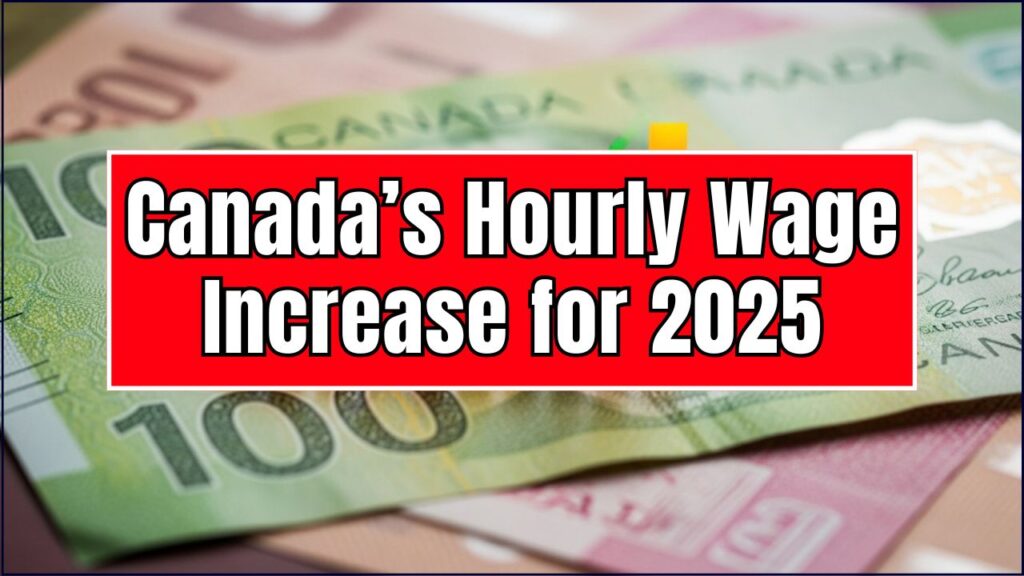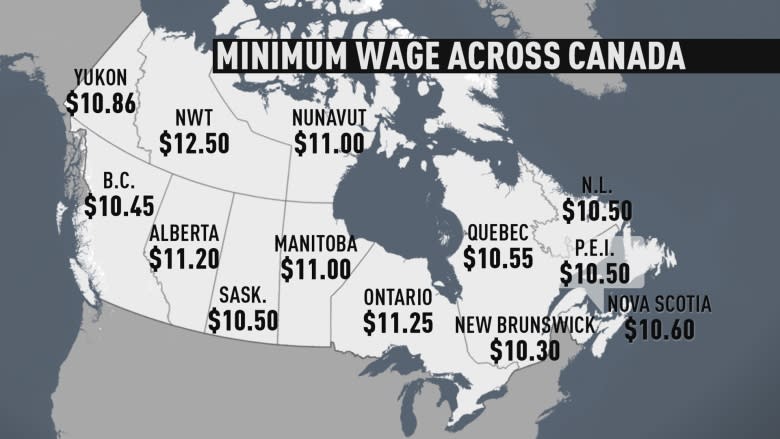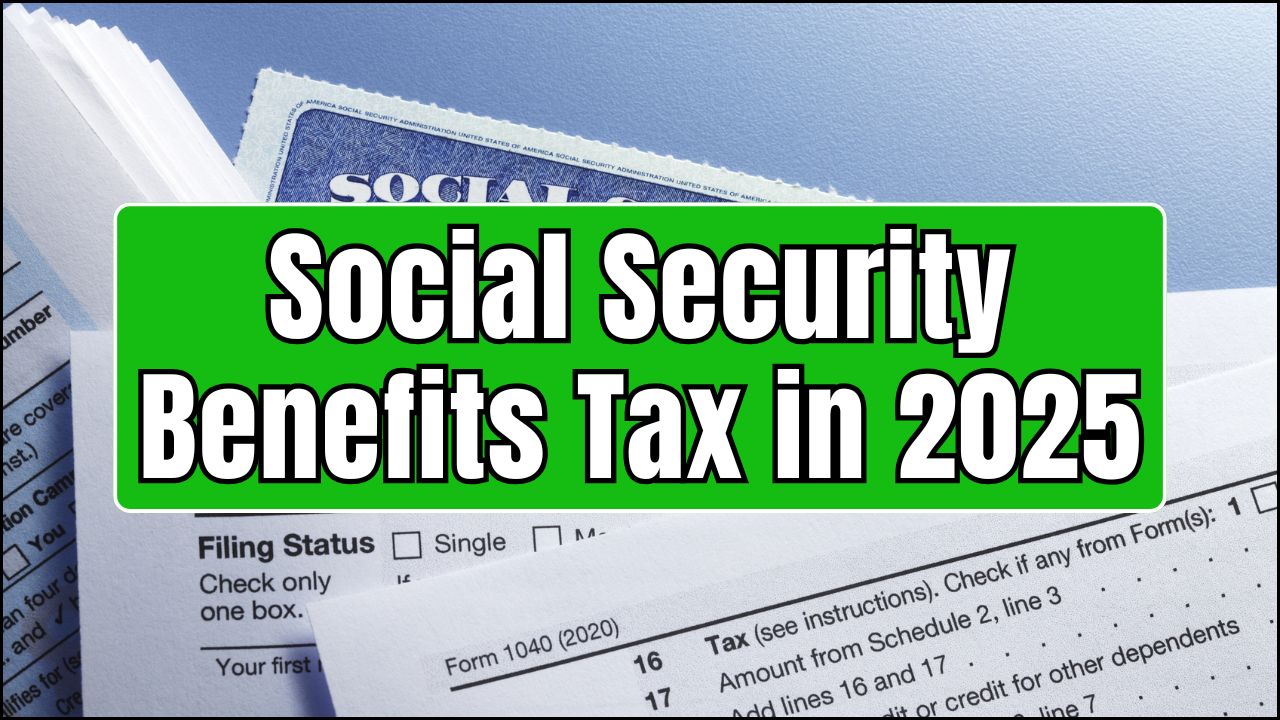As the cost of living continues to rise across Canada, workers and employers alike are feeling the pressure. In response, several provinces and territories are stepping up their efforts to ensure fair wages for workers. Canada’s hourly wage increase for 2025 is an important topic for both employees and businesses to understand, especially when planning for the coming year.

The Context Behind the Wage Increases
Canada’s wage structure has long been a hot topic, and recent changes are aimed at addressing inflation and making sure that workers can keep up with the rising costs of everyday goods and services. The Canadian government, alongside provincial authorities, has been increasing minimum wages across the country to ensure workers’ earnings reflect the increasing costs of living, particularly in major urban centers. This wave of wage hikes in 2025 is expected to provide a much-needed relief for many, especially low-wage workers.
This article will break down Canada’s hourly wage increase for 2025, provide practical advice for workers, and explain the context behind these changes. Whether you’re a worker trying to understand how these increases will affect your paycheck or a business owner looking to stay compliant, we’ve got you covered.
Hourly Wage Increase for 2025
| Province/Territory | Current Minimum Wage (2025) | Effective Date | New Minimum Wage | Link for Details |
|---|---|---|---|---|
| Ontario | $17.20/hour | October 1, 2025 | $17.60/hour | Government of Ontario |
| Manitoba | $15.80/hour | October 1, 2025 | $16.00/hour | Manitoba Government |
| Saskatchewan | $15.00/hour | October 1, 2025 | $15.35/hour | Saskatchewan Labour |
| Nova Scotia | $15.70/hour | October 1, 2025 | $16.50/hour | Nova Scotia Labour |
| Prince Edward Island | $16.00/hour | October 1, 2025 | $16.50/hour | PEI Government |
Canada’s hourly wage increase for 2025 is an essential step in supporting workers and helping them keep pace with inflation. Whether you’re a worker looking forward to a raise or an employer adjusting your payroll, understanding the new wage rates is crucial. These changes show that the government is making strides to ensure fair wages across the country, but there’s still more work to be done.
Remember to stay informed and make sure you understand how these changes will affect you. If you’re a worker, ensure you’re receiving the correct pay, and if you’re a business owner, ensure you’re compliant with new wage laws.
By paying attention to these updates and adjusting accordingly, everyone can contribute to a healthier, more balanced economy.
Why Is the Minimum Wage Rising?
In many parts of Canada, workers have been struggling to make ends meet due to inflation, high housing costs, and the increasing price of goods. According to data from Statistics Canada, the inflation rate has been hovering around 3-5% annually, meaning that the prices of common items, like food and transportation, are consistently rising.
The Canadian government has acknowledged these pressures by raising minimum wages in 2025. This allows employees to maintain a fair standard of living, despite the economic challenges. Provinces like Ontario, Nova Scotia, and Manitoba have decided to implement these changes starting in October 2025. This shift is essential for boosting the economy and ensuring that workers aren’t left behind.
In addition to inflation, there are other factors that drive these wage changes. Labor shortages in key sectors like healthcare, hospitality, and retail also prompt governments to increase wages to retain workers. These changes reflect a recognition that the traditional minimum wage needs to evolve to better support workers in modern-day Canada.
Historical Context of Minimum Wage in Canada
Understanding where we are today requires a look at the past. The concept of minimum wage in Canada dates back to 1918, when the province of Ontario introduced the country’s first minimum wage law. Back then, the minimum wage was just $0.25/hour for women and children working in industrial jobs.

Fast forward to the 21st century, and Canada has made great strides in improving wages, especially in the wake of rising costs of living and increasing inequality. For example, in the late 1980s, provinces began introducing regular increases to keep up with inflation. By the 2000s, annual wage adjustments became standard, ensuring that low-income earners didn’t fall further behind.
The current 2025 increases are just another chapter in this ongoing effort to balance fairness, economic growth, and the protection of workers’ rights.
How Will the Wage Increases Affect You?
Whether you’re a worker or an employer, understanding how these changes will affect you is key. Let’s dive into both perspectives.
For Workers:
If you’re earning the minimum wage, this increase can have a significant impact on your monthly income. For example:
- In Ontario, the minimum wage is set to rise by $0.40 to $17.60/hour by October 1, 2025. This might not sound like much at first, but for someone working full-time (40 hours a week), this will result in an additional $16 per week—and that’s just the start. Over the course of the year, that could add up to over $800 extra annually.
- In Manitoba, a $0.20 increase brings the minimum wage to $16.00/hour, providing an extra $8 per week, or around $400 per year for full-time workers.
- Similarly, Nova Scotia’s increase to $16.50/hour means that low-income workers there will see a noticeable bump in their income.
For workers in high-cost-of-living areas, these increases might not completely cover inflation, but they do offer relief. If you’re living paycheck to paycheck, every dollar counts, and a wage increase can help ease the burden of rising costs.
For Employers:
For business owners and employers, these increases are something to prepare for. As minimum wages rise, employers in affected provinces need to adjust their payrolls to ensure they comply with local laws. Failure to comply can result in legal penalties, fines, and damaged reputation.
Additionally, businesses will need to consider how these changes affect their profit margins. Many industries with low-wage workers, such as retail, food service, and manufacturing, will see a jump in operating costs. Employers might need to reassess their pricing strategies to compensate for the increased labor costs.
But on the bright side, higher wages can also boost employee morale, reduce turnover, and improve customer satisfaction. Happy workers often translate to better productivity and lower hiring costs.
How Minimum Wage Affects Different Sectors
The increase in the minimum wage will have varying impacts on different sectors. Let’s break it down:
- Retail and Hospitality: These sectors typically rely on low-wage workers, and the increase in minimum wage will directly affect them. Employees in positions such as cashiers, waitstaff, and clerks will benefit the most, ensuring better compensation for their work.
- Healthcare: For entry-level healthcare workers like nurses’ aides or personal support workers, the wage increase can help make the profession more attractive, especially given the labor shortages in the healthcare sector.
- Construction and Manufacturing: These sectors might see a slight increase in wages for entry-level workers, but higher wages might also lead to inflation in project costs. However, skilled labor in construction might not see as significant an increase.
Impact of Minimum Wage on the Canadian Economy
Raising the minimum wage has a ripple effect throughout the economy. While it’s clear that these increases will help workers make ends meet, they also have broader consequences. Here’s how:
- Higher Consumer Spending: As low-wage workers have more income, they tend to spend more money on goods and services. This can boost local businesses and stimulate the economy.
- Increased Inflation: On the flip side, businesses may raise prices to cover the increased labor costs, contributing to inflationary pressure.
- Improved Worker Productivity: Higher wages can motivate workers to perform better, leading to increased productivity and lower turnover.
Comparing Canada’s Minimum Wage to Other Countries
How does Canada stack up against other countries when it comes to minimum wage? The United States has a federal minimum wage of $7.25/hour (though many states have set their own, higher minimums). Compared to that, Canada’s average wage rates are relatively high. However, some countries in the European Union, like Luxembourg, have significantly higher minimum wages (over $13/hour).
While Canada’s minimum wage is competitive on a global scale, the gap between provinces means that some regions, like Nunavut ($19/hour), have much higher wages than others, reflecting local economic conditions.
FAQs
How often does Canada adjust its minimum wage?
Canada adjusts its minimum wage on a provincial level, and changes typically occur annually, though some provinces may make adjustments more frequently depending on inflation and economic conditions.
Will my employer increase my pay automatically?
Not necessarily. Employers are required by law to comply with minimum wage laws, but it’s important to check your paycheck and ensure that your hourly wage reflects the new minimum wage. If you’re unsure, speak to your HR department or supervisor.
What happens if my employer doesn’t comply with the new wage rates?
Employers who don’t comply with the minimum wage law may face fines, penalties, and legal action. If you believe your employer isn’t paying you the correct minimum wage, you can file a complaint with your province’s labor department.









